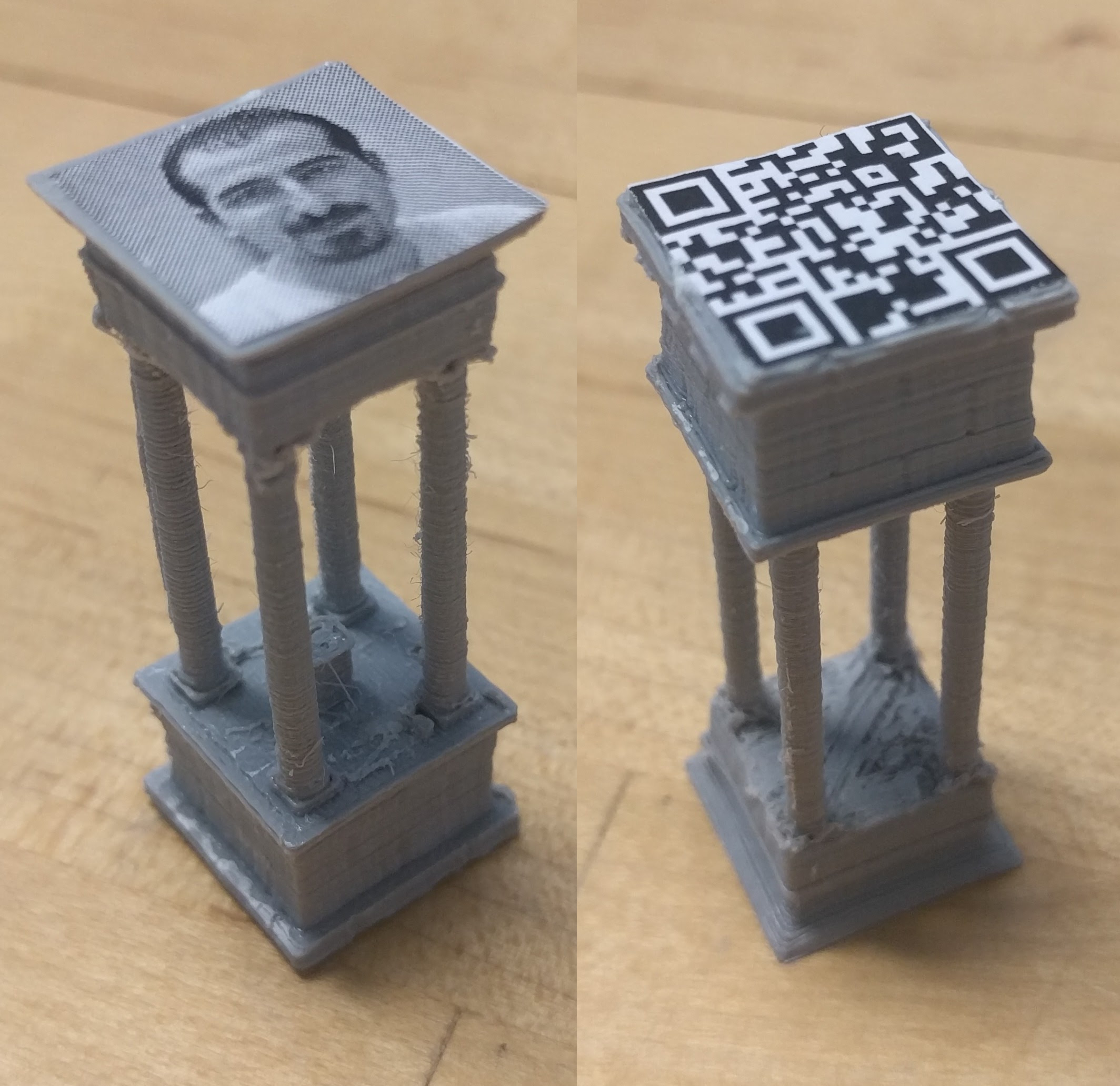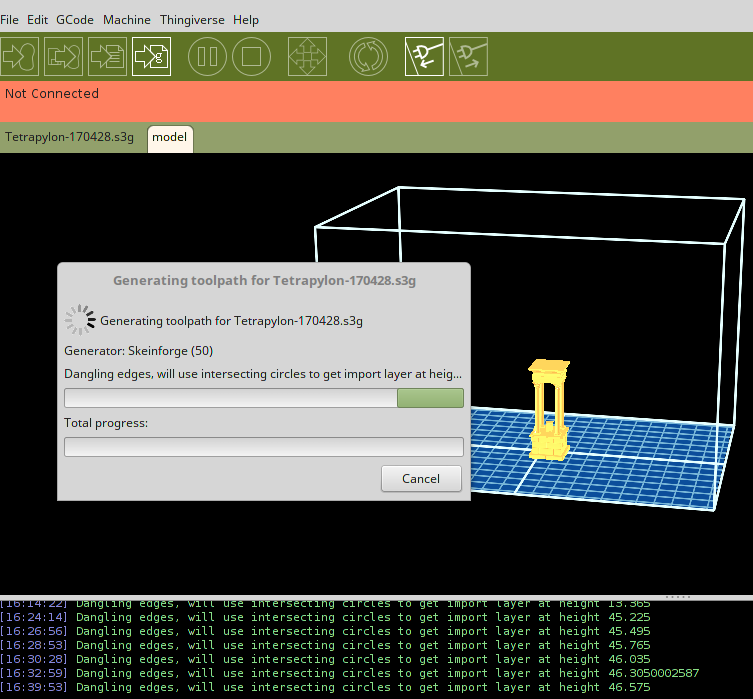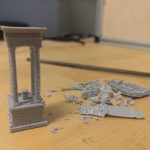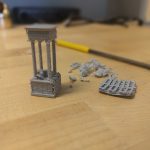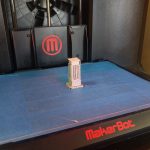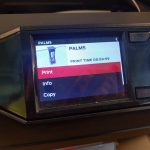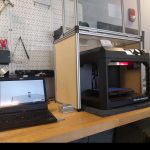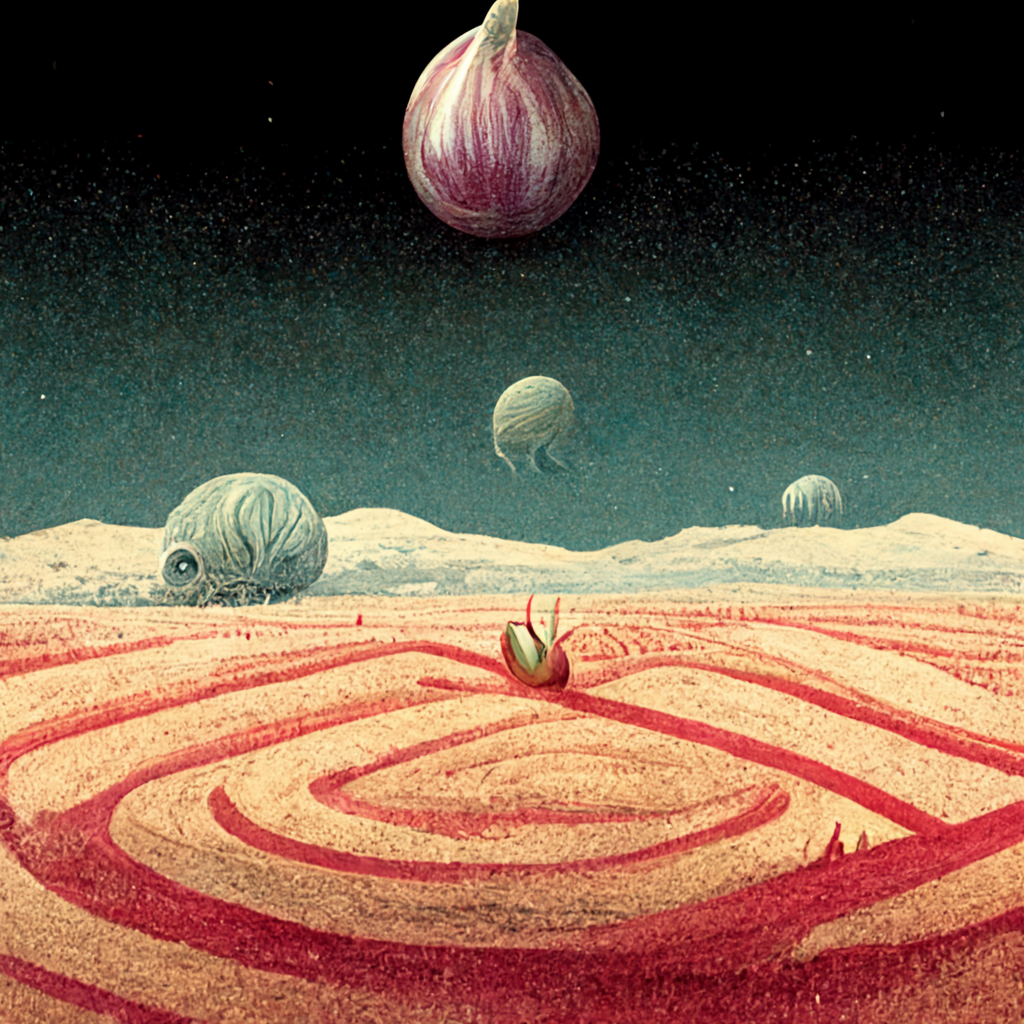
Category: General
“Click here to break the firewall” is a concept whose time has passed
To defend against China online and break their censorship, you need to face them everywhere, in many ways, and secure the broader internet.
This post was written in support of the value that the Open Technology Fund has provided to oppressed people in China, exile communities and the entire world over the last 8 years. Please consider signing this letter to support their essential work.
Six years ago, I gave a talk at Harvard, entitled “The Great Firewall Inverts” (vpresentation slides here). The summary of this talk was that the moment for “breaking down that firewall” had largely passed, with the maturation of domestic services in China, and the growing dominance of WeChat. The next generation of Chinese users is mobile messaging and apps first, and not interested in surfing the information superhighway. Even further, the interest and adoption of Chinese tools at the time was growing not only at home, but abroad, and not only with overseas Chinese, but also non-Chinese. The Great Firewall had morphed into a many-tentacled creature, growing from Beijing out to the entire planet.
Today, in 2020, that image of the Chinese internet is more true than ever. WeChat runs all facets of Chinese life, and continues its growth abroad as both messaging and payment service. It is not unusual to see “Pay with WeChat or AliPay” in major American cities. TikTok dominates the life of tweens and teens worldwide, censoring even the most subtle protest dances. Even the backbone of all global remote work, learning and education during the pandemic, Zoom, has Chinese ties, and recently disabled a user’s account after they organized an online Tienanmen Square vigil. It isn’t just the good people of China who are in peril from Chinese technology, it is everyone, everywhere that is opting-in to be behind the Great Firewall, whether they realize it or not, by choosing to use its software, services and hardware. As we have seen with the adoption of Huawei infrastructure, China is moving fast, into many places, across Asia, to Africa and Latin America, often offering better products for lower prices. Focusing on one “wall” is missing the point and growing dominance of China-originated, privacy-eroding services worldwide.
While it is always a useful and noble effort to research, design and implement proxy technology that can evade network censorship and filtering, that one trick hammer will no longer help Chinese people protect themselves from censorship and surveillance. Solely focusing on funding technology to break through firewalls is a mentality that is over ten years old. It ignores all we have learned since then about all of the possible threats users face in a mobile-first world. Users are more likely to seek and share news and knowledge through messages and groups than by searching the web. The inability to protect these communications is more pressing of an issue, then whether one search engine can be reached or not. From malware-infected apps they might download that track all taps and take pictures without permission, to imposter text messages used to completely take over their phone’s low-level radio — the threats are direct and persistent, not at some invisible line on the internet.
Having a proxy tool provides no knowledge to Chinese advocates and lawyers on how to capture, secure and share photos and videos that could be used to gather evidence and fight corruption in towns, cities, or even the Chinese Communist Party. It does nothing to help understand what millions of Muslim Uighurs are at risk for by being forced to use police-state apps that track their every move, every app they use on their device, every person they call, both in the country and outside. It does nothing to stop the next-generation cyber attacks that exile groups, like the Tibetans, have been facing for twenty years (Thanks, in part to OTF, TibCERT now exists as a critical “firefighting” group to combat these). Simple proxies do nothing to support independent researchers around the world, working to understand and measure how these attacks, censorship and surveillance is happening, so they and others can build countermeasures.
This broader view and set of essential research, development, teaching and training, is precisely what the Open Technology Fund has been supporting for the last eight years. It is exactly what not only the people of China need, including Uighurs, Tibetans, Christians, Falun Gong practitioners, environmental activists, lawyers, and yes, even journalists, but what we all need globally to defend from attacks on many fronts. In fact, it is these attacks that China has taken on exile groups abroad, as documented by Citizen Lab’s impeccable research, that has provided deeper understanding to the true threat potential of China-backed cyber warfare worldwide. This includes on governments and military targets, as well.
This post is also available in full technicolor on Medium.
Nathan Freitas leads the Guardian Project, an open-source mobile security software project. Guardian Project has been a proud recipient of funding from OTF since 2012, with funding applied to the development of mobile privacy, security and circumvention tools that have benefited users in China. He also co-founded and directs technology strategy at the Tibet Action Institute. His work as an affiliate fellow at the Berkman-Klein Center at Harvard focuses on tracking the legality and prosecution risks for mobile security apps users worldwide.
A Berkman-Klein Center Tale: From Fellows Hour to Funding!
#Print4Bassel A Participatory Memorial
Update below on August 11: Printing has begun!
Tragic news, shared a few days ago by the #NEWPALMYRA project:
Yesterday we received the devastating information that #NEWPALMYRA founder Bassel Khartabil was unlawfully executed by the Syrian regime. Needless to say, along with all of the international community whose lives he touched, we were shocked and saddened to learn of the outrageous, unwarranted, extrajudicial killing of our dear friend and collaborator.
To continue supporting Bassel’s memory and work, Creative Commons has set up the Bassel Khartabil Memorial Fund, at the request of his family. Please donate today.
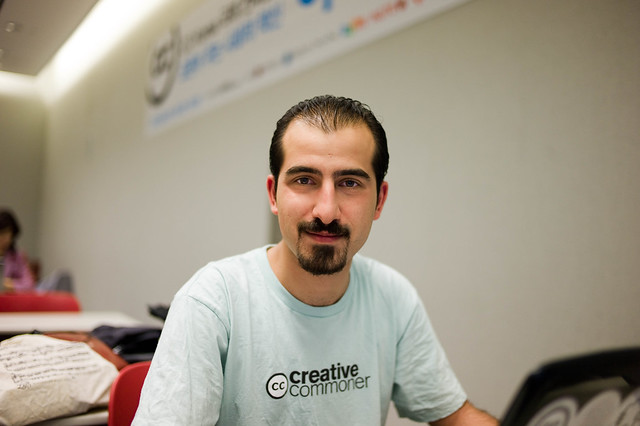 If you don’t know about Bassel or the #NEWPALMYRA project he founded, well, there is a lot to learn. He was a person committed to free software and open culture, not to mention real change in the world, with technology playing a critical role in that. The project is focused on using digital tools to preserve heritage sites, including modeling a number of sites in Syria that have been recently destroyed by the war.
If you don’t know about Bassel or the #NEWPALMYRA project he founded, well, there is a lot to learn. He was a person committed to free software and open culture, not to mention real change in the world, with technology playing a critical role in that. The project is focused on using digital tools to preserve heritage sites, including modeling a number of sites in Syria that have been recently destroyed by the war.
This section of the epic Tetrapylon of Palmyra — part of a set of four, four-column pylons that would have marked an intersection or central place, was destroyed in 2016. #NEWPALMYRA released this version at the Creative Commons Summit in April 2017.


The original, now destroyed tetrapylons on the left, and the latest printed model from the Creative Commons summit on the right.
Since its inception, this was a project that I have been personally fascinated with, both as an activist fighting against the destruction of cultures, and as a geek wanting to put cutting edge technology to the maximum possible beneficial use. In my own life, I began documenting buildings from my home town that had cultural significance, and have started the long process of turning them into 3D models, that can be printed again, or experienced through virtually or mixed reality experiences in the future.
All of this work has been done within the guiding light of free software, and free, open, pro-remix, reuse culture that Bassel worked on and contributed to as a technologist and advocate. I hoped that Bassel would one day be freed, to see what has become of the roots he laid, and understand how prescient and important it was. Sadly, instead, we must find ways to memorialize him, support his family, and ensure his causes and efforts continue.
I have decided to start the #PRINT4BASSEL Participatory Memorial, calling on everyone who has access to a 3D printer, to spread awareness about Bassel’s vision and life, promote the work of #NEWPALMYRA, and raise donations for the memorial fund.
- Go to the NewPalmyra.org website, find a model, download and print it using your friendly, local neighborhood 3D printer. Many libraries, schools and offices now offer free 3D printing, so even if you don’t know how, there will be someone around who will gladly help you. The Tetrapylon is good model to start with, but there are many more options.
- Print out this photo of Bassel, provided under the CC-BY license by the Joi Ito, friend of Bassel and MIT Media Lab director. Read his thoughts on the news of Bassel’s passing here.
- Create a small memorial for him in a public place, ideally near the 3D printer, with the model and the photo, and include a message like the following:Bassel believed culture could be preserved through 3D modeling and printing. For his beliefs and tireless work as an outspoken activist and technologist, he was imprisoned and executed in Syria. Keep his vision alive by learning how to print your own replica of a destroyed or endangered heritage site in Syria and spread #PRINT4BASSEL. http://www.newpalmyra.org/ #FREEBASSEL #PRINT4BASSEL
I am working hard to complete my own first set of memorial prints, which I plan to put on display at multiple locations throughout Boston, Cambridge and Brookline, where I work and live. Please join me in this effort, and tweet or comment here to let me know where you plan to #PRINT4BASSEL.
To continue supporting Bassel’s memory and work, Creative Commons has set up the Bassel Khartabil Memorial Fund, at the request of his family. Contributions to the fund will go towards projects, programs, and grants to individuals advancing collaboration, community building, and leadership development in the open communities of the Arab world. Please consider making a donation if you are able so that New Palmyra and others can continue their important work.
Update August 11: I’ve printed my first Tetrapylon, thanks to the printer at Cambridge Innovation Center. For this setup, there was no connected computer, so I had to find a way to convert the STL file provided on the NewPalmyra.org website into a “.Makerbot” file, that could then be loaded on a USB drive. After wrestling with a number of open-source solutions for Linux, I eventually downloaded Makerbot Print, and ran it on my Windows partition. I printed the model at the import size, which ends up being about a few centimeters tall, and taking about an hour to print. I enabled “supports”, to ensure the columns and top would not collapse. All in all, once I figured out the Makerbot software, it worked out well. From here, I plan to complete my small memorial prototype, as proposed above.
… and lastly, my first complete prototype for a small memorial. The QR code links to http://newpalmyra.org
[fvplayer src=”https://www.youtube.com/watch?v=qQlW1wFwbP4″]
Building Welcoming Communities – Open Source Guide
A welcoming community is an investment into your project’s future and reputation. If your project is just starting to see its first contributions, start by giving early contributors a positive experience, and make it easy for them to keep coming back.
Make people feel welcome
One way to think about your project’s community is through what @MikeMcQuaid calls the contributor funnel:As you build your community, consider how someone at the top of the funnel (a potential user) might theoretically make their way to the bottom (an active maintainer). Your goal is to reduce friction at each stage of the contributor experience. When people have easy wins, they will feel incentivized to do more.
